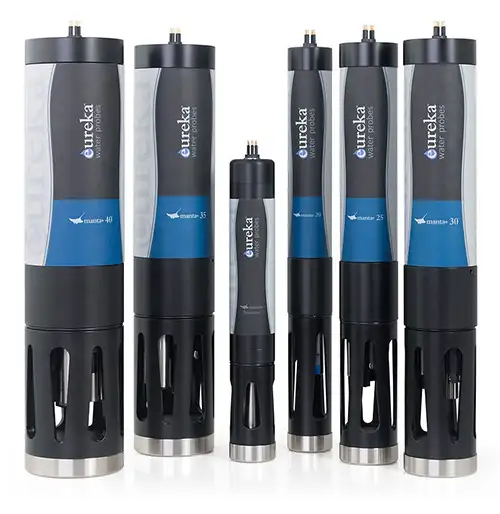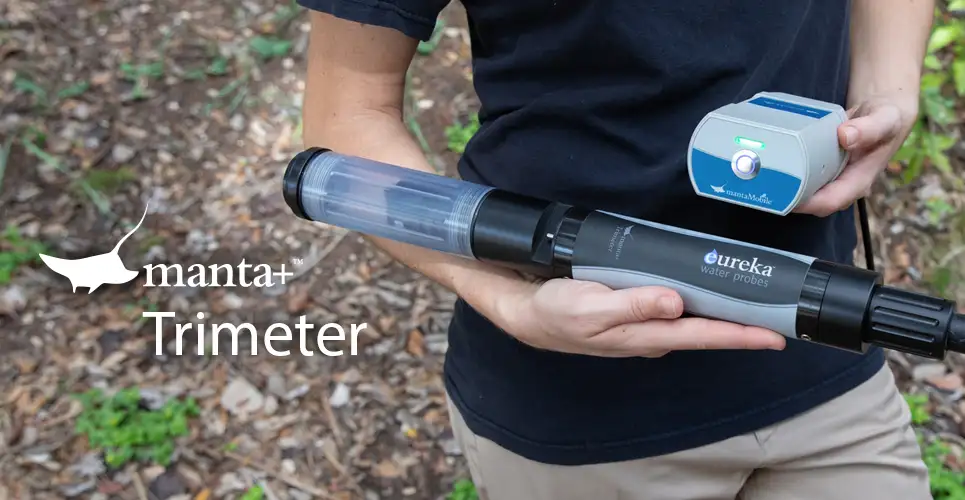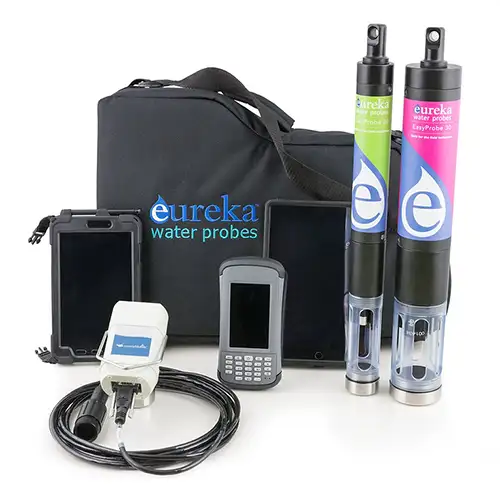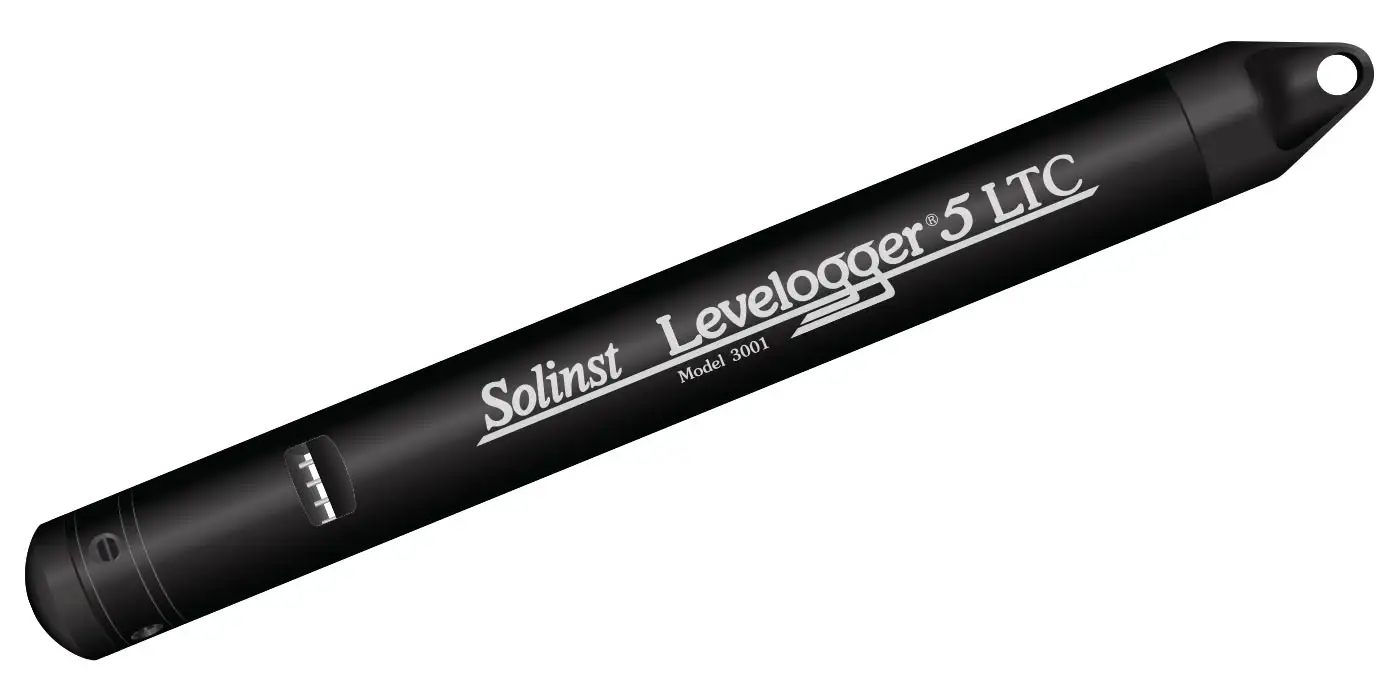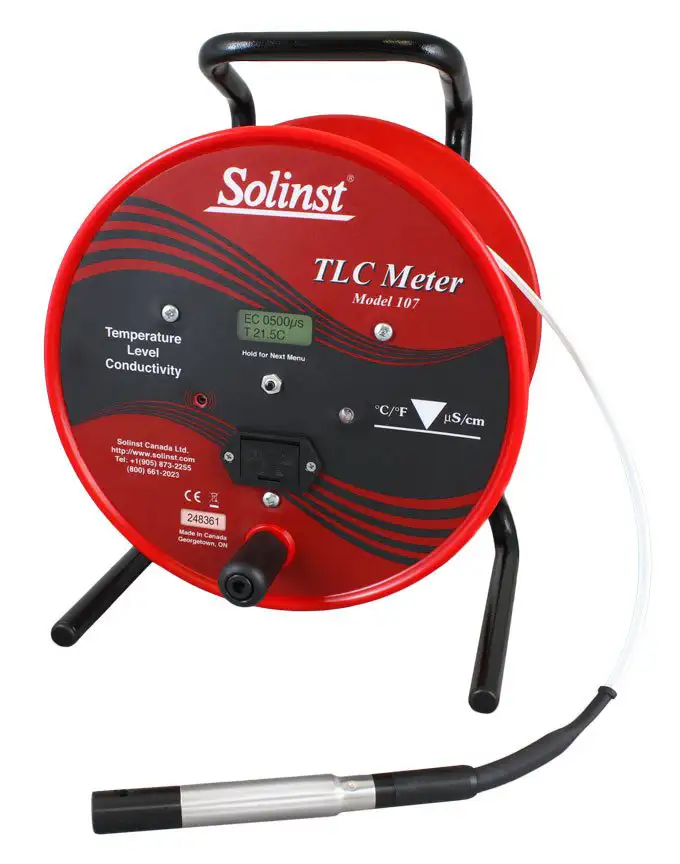PAR Sensor: Water Quality Sondes
(Photosynthetically Active Radiation)
Solinst Eureka
2113 Wells Branch Pkwy, Suite 4400
Austin, TX, USA
78728
Tel: +1 512-302-4333
Fax: +1 512-251-6842
email: [email protected]
Water Quality Probes
Solinst Eureka, a global leader in the design and manufacture of multiparameter water quality sondes.
Solinst Field Services
Safeguard your project’s success and mitigate any potential for downtime or additional costs.
Why measure PAR – photosynthetically active radiation?
Measuring photosynthetically active radiation (PAR) under the surface of water is useful in a variety of fields, from algal biofuels research to environmental quality. When light passes through a water column, it is attenuated based on the thickness of the column and the turbidity of the water. Measuring PAR underneath the surface of a lake, stream, bay, ocean, pond, or bioreactor can provide an excellent gauge of how much light is available to unicellular and multicellular phototrophic organisms such as algae, aquatic plants, protists, and phytoplankton. This, in turn, can be used as a gauge of the overall productivity of a system, though the specific calculations are often complex and include many other factors.
How is PAR measured with the MantaPlus Multiparameter Probe?
Solinst Eureka integrates LI-COR PAR sensors with MantaPlus multiprobes to measures PAR at depths up to 200 meters. The LI-193 Spherical Quantum Sensor measures from all directions, while the LI-192 Quantum Sensor is used for upwelling and downwelling applications. Photosynthetically Active Radiation (PAR) is defined as radiation in the 400 to 700 nm waveband. PAR is the general radiation term which covers both photon terms and energy terms.
The LI-193 uses a diffusive sphere to direct light through glass optical filters to a silicon photodiode. The filters create uniform sensitivity to light between 400 and 700 nm, which closely corresponds to light used by most terrestrial and aquatic plants and algae. The angular response of a typical LI-193 is slightly lower in the direction of the connector. When mounted, the low response is usually not significant due to the small proportion of upwelling radiation compared to the total.
The LI-192 Underwater Quantum Sensor measures PAR from all angles in one hemisphere. For measurements of downwelling and upwelling, the LI-192 may be adjusted to an upward or downward position on the sonde, depending on the desired measurement.
What should I know about PAR measurement in the field?
Solinst Eureka has chosen LI-COR sensors for their reliability and robustness. Solinst Eureka’s unique PAR installation configuration eliminates the need for additional hardware to support the sensor.
The SI (International System of Units) unit of radiant energy flux is the watt (W). There is no official SI unit of photon flux. A mole of photons is commonly used to designate Avogadro’s number of photons (6.022 × 1023 photons). The einstein (E) has been used in the past in plant science, however, most societies now recommend the use of the mole since the mole is an SI unit. When either of these definitions is used, the quantity of photons in a mole is equal to the quantity of photons in an einstein (1 mole = 1 einstein = 6.022 × 1023 photons). The MantaPlus reports PAR up to 10,000 µmol/cm2, along with other parameters measured by the multiprobe, such as dissolved oxygen, conductivity and pH.
Bio-fouling can be a problem for PAR sensors, particularly those deployed for extended periods. Any foreign material that accumulates on the active surface of the sensor will reduce the amount of received light. Therefore, PAR sensors must be cleaned periodically to achieve the best results.
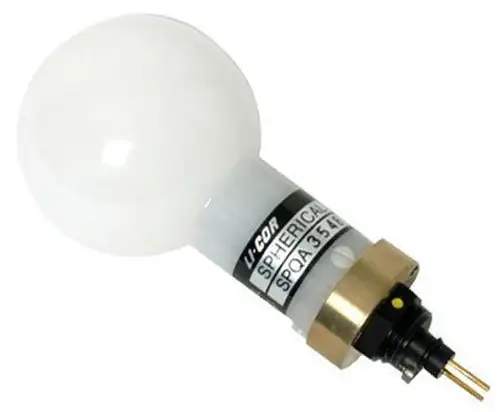
PAR Sensor for
Water Quality Sondes
- Range
10,000 µmol/cm2 - Accuracy
±5% of reading - Resolution
0.1 µmol - Units
µmol/cm2 - Calibration
pH buffers – two required, three points optionally - Maintenance
cleaning - Sensor Life
5+ years - Sensor Type
Spherical, Upwelling and Downwelling
Solinst Eureka’s unique PAR configuration.
Most PAR sensors when coupled with multiparameter water quality sondes need additional mounting brackets, or cages, to hold the PAR sensor in place. This is not necessary for Eureka’s PAR sensors, as they are connected to the body of the sonde. For convenience, Eureka’s PAR sensors may be removed and replaced with a water-proof plug when not in use.
MantaPlus Multiprobes with PAR sensors may be configured with battery backs for autonomous self-powered deployment, used with field displays for site-to-site spot checking, or connected to data telemetry stations for real-time remote monitoring. Eureka sondes equipped with PAR sensors are portable, durable, and cost-effective.
Related Products
Manta Series Water Quality Probes
Solinst Eureka offers the largest selection of water quality sensor technologies in the industry. So in addition to standard configurations, each probe may be customized for your specific application. Pick sensors of your choice to fully populate larger probes, or add a battery pack to convert a probe to a logging device.
Manta Trimeter Water Quality Probe
The Trimeter holds any one sensor* from the Sensor Parameters list, Plus temperature and depth sensors (both are optional). For example, a Trimeter configuration could be turbidity, temperature, and depth. Another example could be DO and temperature.
EasyProbe: Water Quality Sondes
The EasyProbe, by Solinst Eureka, is a high-performance, cost-effective water quality monitor. It's ideal for spot-checking, remote telemetry, education, research, aquaculture, and more. The EasyProbe20 includes sensors for temperature, dissolved oxygen, conductivity, and pH, while the EasyProbe30 adds a turbidity sensor. Eureka multiprobes are known for their reliability, with a three-year warranty covering all sensors, and have the lowest maintenance costs in the industry.
Water Level, Temperature & Conductivity Datalogging
The Levelogger 5 LTC measures and logs water level fluctuations, temperature and conductivity. It is programmed to record at intervals as often as 2 seconds. It includes an 8-year battery, memory for 100,000 sets of readings, and comes in 6 pressure ranges. A PFAS-free coating (inside and out) provides superior corrosion and abrasion resistance.
TLC Meter – Measure Accurate Temperature, Level & Conductivity
A TLC Meter provides accurate, stable temperature and conductivity measurements, displayed on a convenient LCD display for easy reading. Static water level and depth of readings are read off Solinst flat tape, which is precisely laser-marked every mm or 1/100 ft. Tape lengths are available to 300 m (1000 ft).

